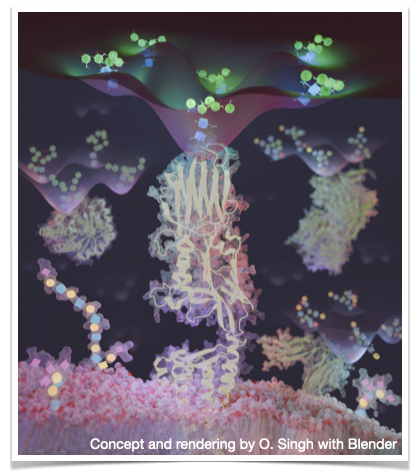Our latest blog on interesting facts about glycans we dig deeper into the UDP-glucuronic acid and glucuronyltransferases in the endoplasmic reticulum - which can be critical in drug metabolism.
Read at: https://research.bidmc.org/ncfg/blog/facts-about-udp-glucuronic-acid-and-glucuronosyltransferases-er


